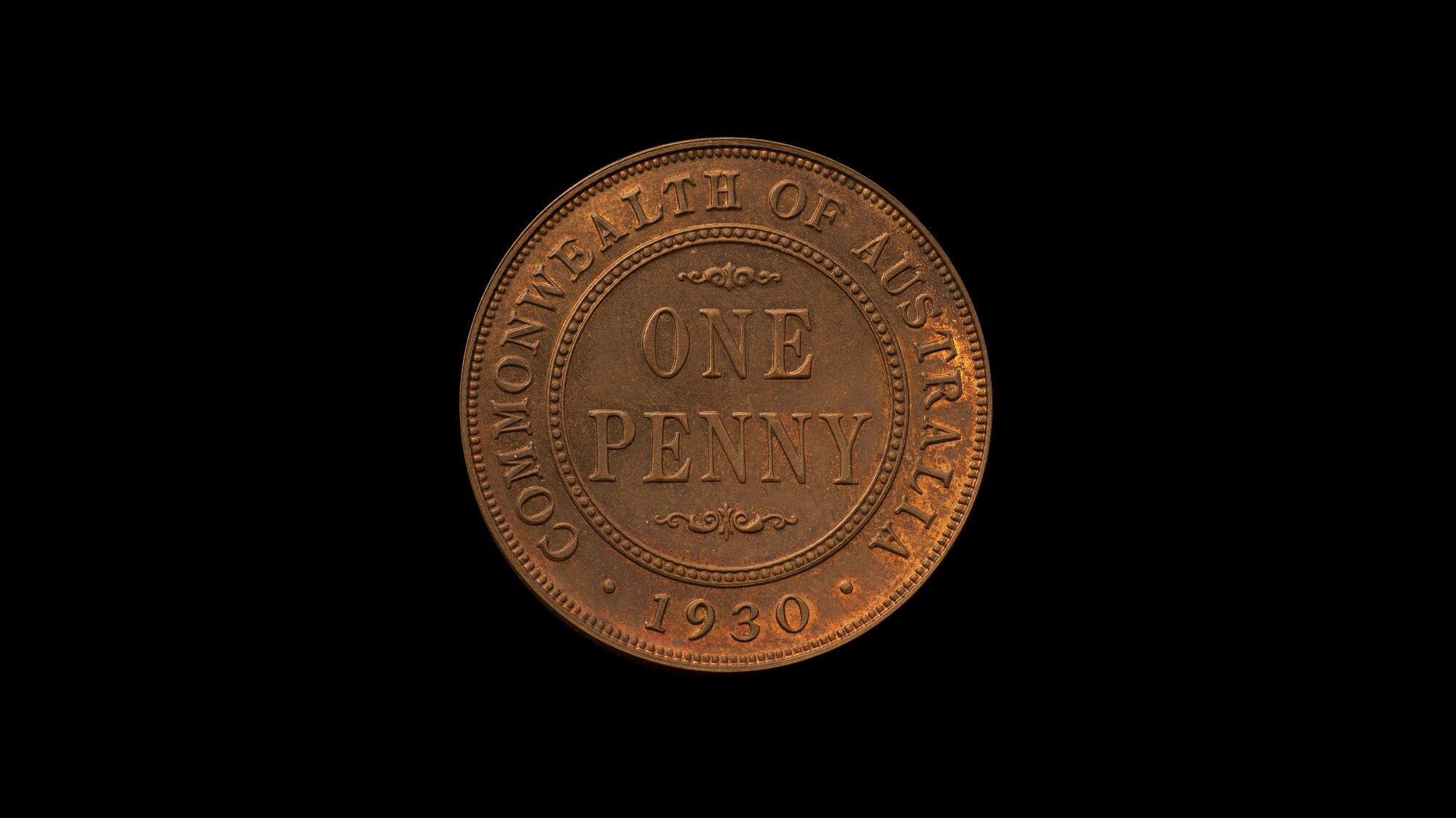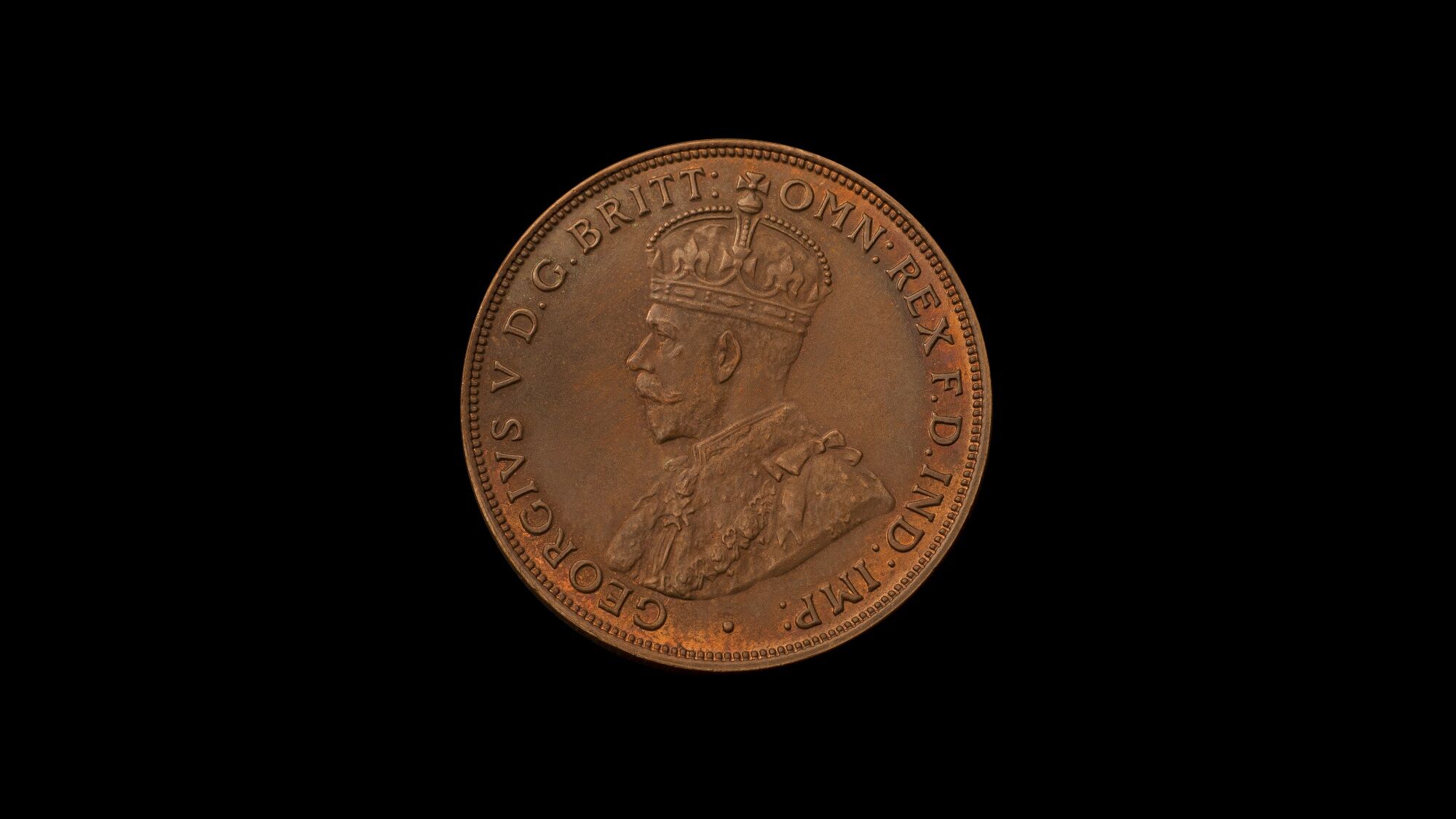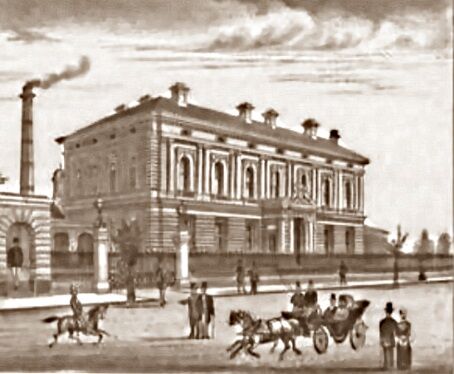Coinworks has just sold the Proof 1930 Penny to a Sydney collector. The price of $1.15 million makes it an Australian record for any coin. And a world record price for a Penny.

It’s obvious when you talk to the buyer of the Proof 1930 Penny, he is passionate about Australian history.
And particularly passionate about the humble 1930 Penny and the sentimental attachment it holds for Australians.
Buying the third finest known circulating 1930 Penny (Good Extremely Fine) in April 2018, was the start of a love affair with Australia’s famous copper rarity that would eventually see him claim the ultimate prize of the Proof 1930 Penny.
One of three Proof 1930 Pennies available to collectors, this particular example was obtained by exchange from the British Museum in the 1980s.
The coin has an impeccable striking and a degree of original copper brilliance that is simply breathtaking.
Put the coin under the light ... and you will catch your breath. It is that good.
The surfaces are blemish-free and have not attracted any spots. Given the time that has elapsed since its striking (more than eight decades), this is simply amazing.
This is proof coining as it was meant to be. A numismatic masterpiece. A work of art.
We have displayed this Proof 1930 Penny on several occasions, and it has always drawn the crowds. And elicited an overwhelmingly positive response.

As the nation's most valuable coin, the Proof 1930 Penny inspires a feeling of national pride in Australians from all walks of life. It is the nation's very own 'million-dollar' penny and every Australian somehow seems connected to it.
We have only seen such an intense connection with one other product. And that was the Commonwealth of Australia’s first banknote, M000001.
And the connection is summed up in two words. NATIONAL PRIDE.
A recorded mintage of six.
Records at the Melbourne Mint indicate that six pennies were struck to proof quality in 1930. (Photo of Melbourne Mint, Williams Street Melbourne, shown at right.)
As a proof, the coin was never intended to make its way into cash registers.
Rather it was created as a collector piece, a numismatic work of art, destined for a prominent collection or Government archives to be preserved for future generations.
The Melbourne Mint retained one of the six Proof 1930 Pennies for their own archives and when the mint closed its doors, the coin was sent to the Museum of Victoria where it is still held.
An example was sent to the British Museum, where it is currently held. And an example was sent to the Art Gallery of South Australia where it also remains.
Three Proof 1930 Pennies filtered their way into private hands, all of which are now held by Coinworks clients.

For ease of reference, the three privately owned Proof 1930 Pennies have been given a 'nickname' that reflects their original owner. There is the 'Hagley' coin. The British Museum 'Duplicate' coin. And the 'Old Melbourne Collection' coin.
The Hagley Proof 1930 Penny.
In the 1950s and up until the mid-1980s, the industry only knew of one privately held Proof 1930 Penny. It was owned by Syd Hagley, one of Australia's great collectors and a pioneer of the rare coin industry.
In an interview conducted late in 2010, a colleague of Sydney Hagley recalled being offered the coin in 1964 for just £300. He declined the offer simply because he couldn’t afford it at the time.
His misfortune became clear in 1974 when the coin sold at auction in Los Angeles for $16,000 as part of the famed Dr Curtis Paxman Collection.
In 1982, the Proof 1930 Penny’s star status was confirmed when Australian nursing home magnate, Doug Moran, bought the Hagley piece for a reported $100,000.
For Moran, it was a matter of national pride. He declared that the coin was so important it should never leave Australian shores again, as it had with American Dr Curtis Paxman.
The Hagley Proof '30 was offered at public auction in 2000, where it was acquired by a Melbourne collector for $281,750.
In 2011, Coinworks was commissioned to sell the coin privately.
The sale was completed that year for $1.05 million.
The British Museum Duplicate Proof 1930 Penny.
In 1962 the British Museum received a donation of a Proof 1930 Penny. It was the second Proof '30 held by the Museum.
Two decades later, the British Museum decided that two Proof 1930 Pennies were surplus to their requirements and exchanged one of their Proof '30s for an 1852 Cracked Die Adelaide Pound.
The exchange occurred between the British Museum and a Sydney based Auction House. The Auction House sold the Proof 1930 Penny by private treaty to a local collector for a figure reputed to be $150,000.
The British Museum Duplicate Proof 1930 Penny came onto the open market at auction in 1999.
Acting on the instructions of a Victorian buyer, Coinworks Managing Director, Belinda Downie acquired the coin for $258,750.
The same coin came back into Coinworks hands in 2005, when it was sold privately to a Sydney family for $620,000.
This Proof 1930 Penny has now sold for $1.15 million.
The 'Old Melbourne Collection' Proof 1930 Penny.
And the third Proof 1930 Penny privately held?
The final piece in the 'Proof 1930 Penny' jigsaw puzzle occurred in 1997 when the third privately held example surfaced.
From an 'Old Melbourne Collection,' it was offered at a Melbourne public auction.
The coin was acquired by Coinworks Managing Director, Belinda Downie at the auction and sold into the Madrid Collection of Australian Rare Coins for $147,500, where it is still held.
© Copyright: Coinworks